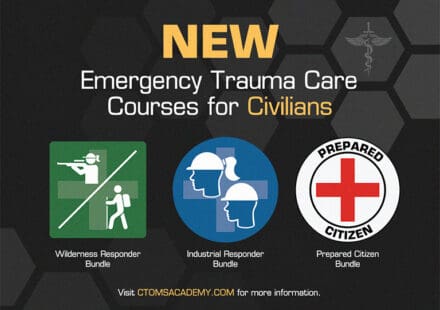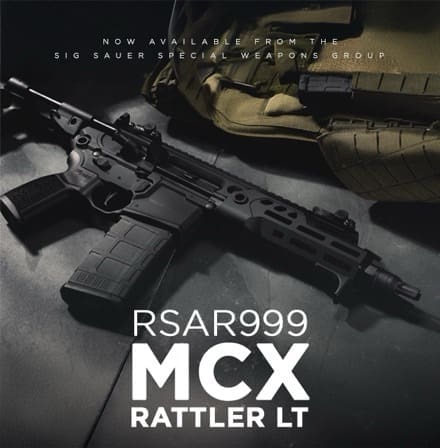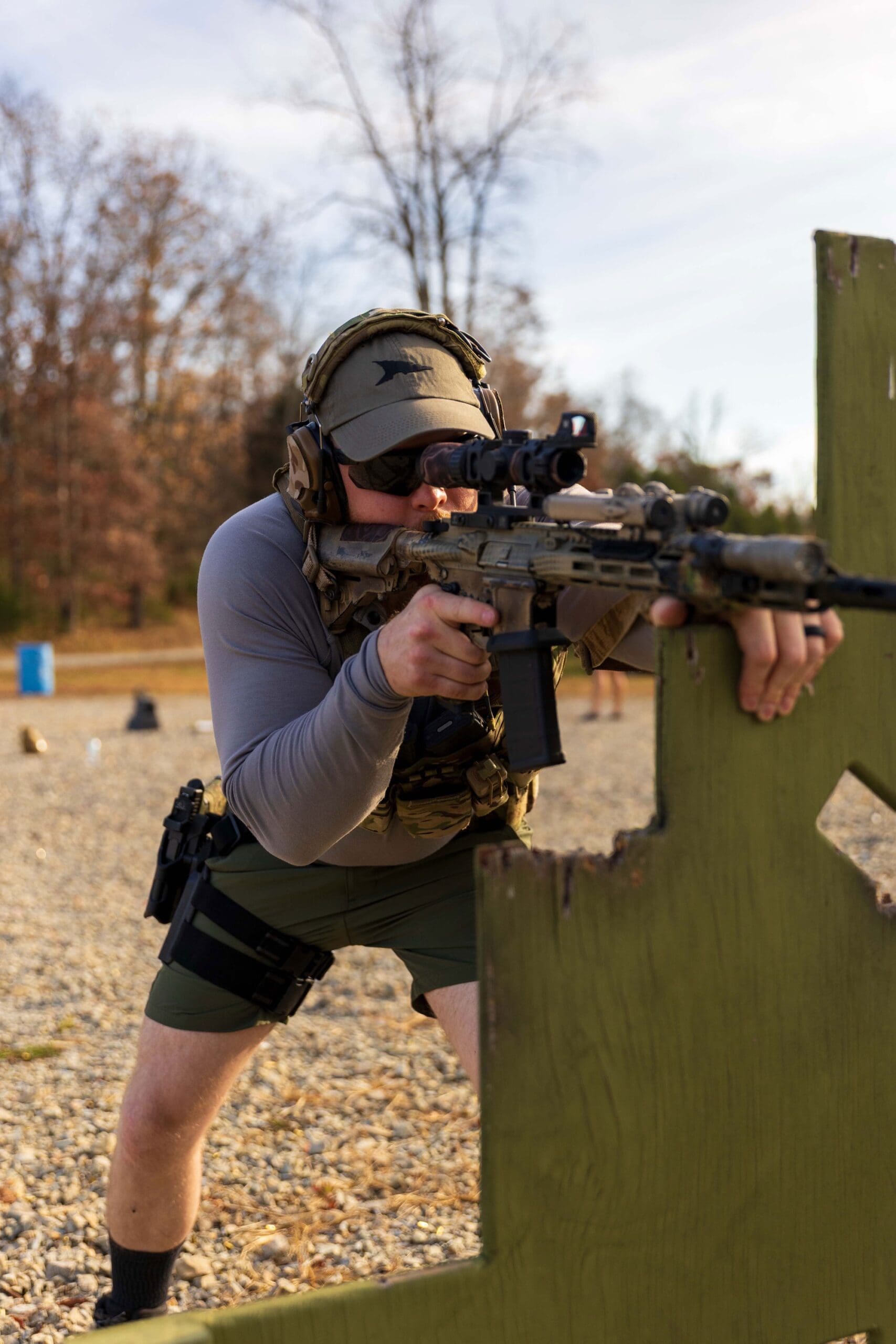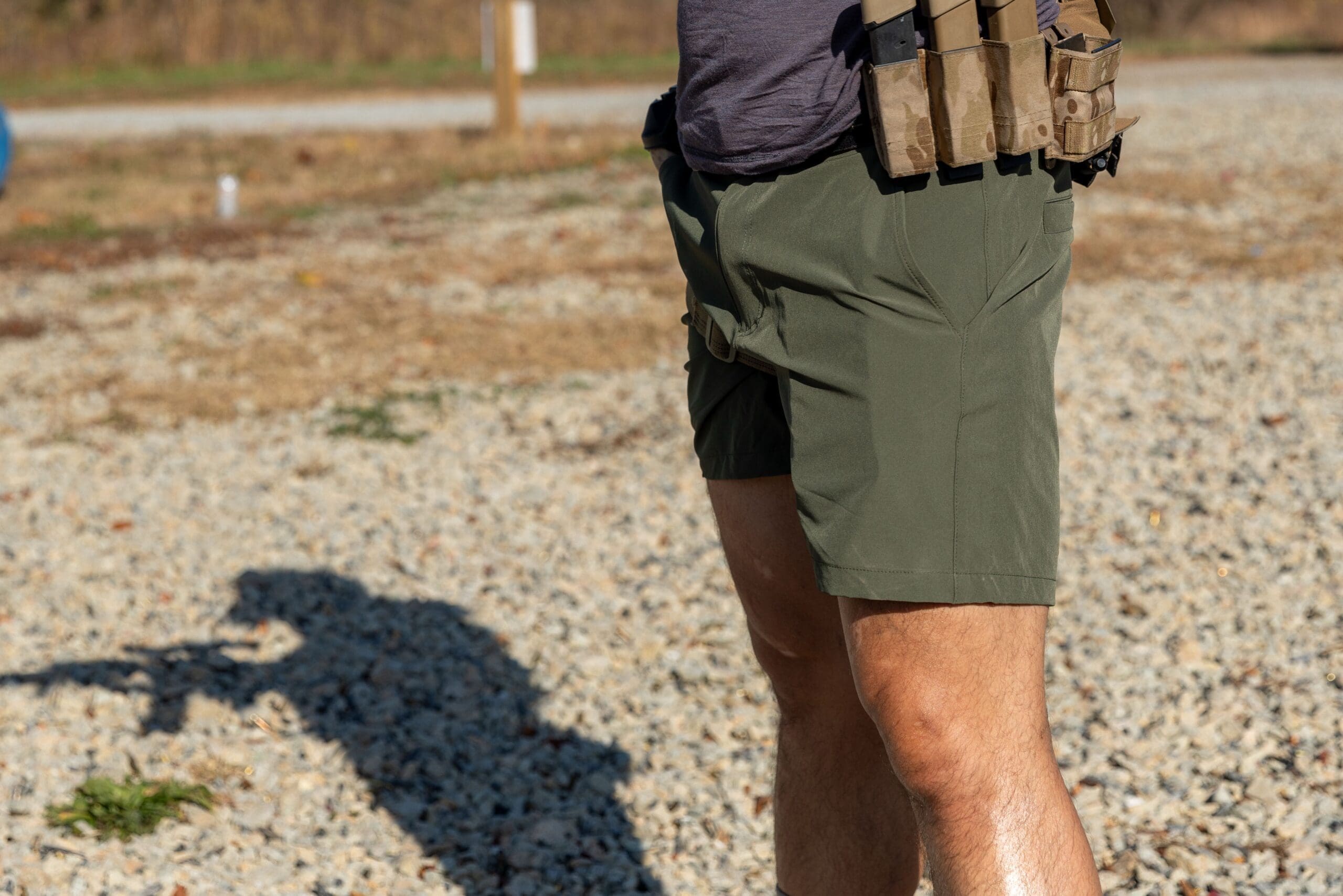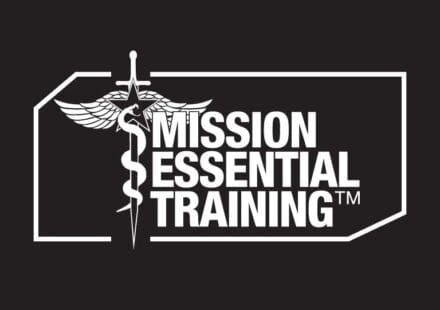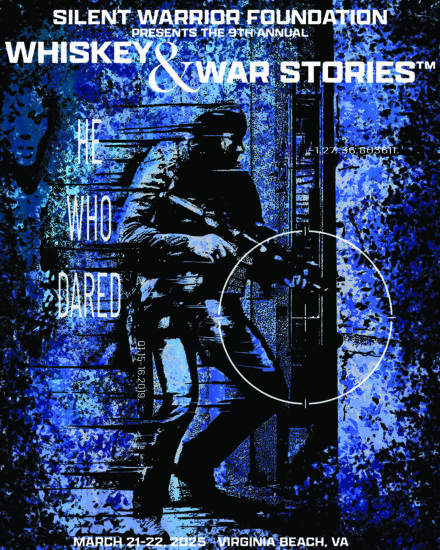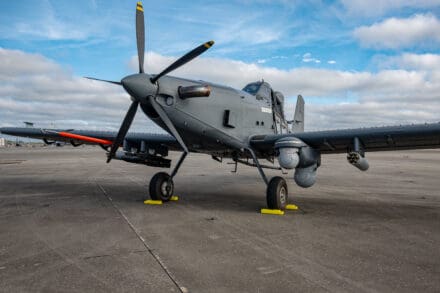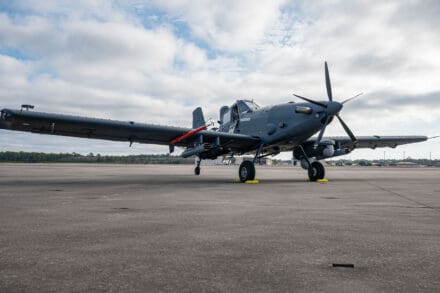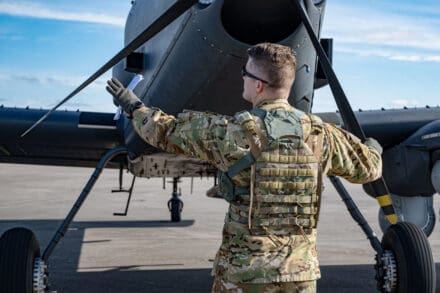
VAIL, Colorado — With the fierce and ever-consistent snowfall, the 10th Mountain Division (LI) Soldiers enter the Camp Hale and Vail communities ready to begin the Legacy Days events, with 2025 marking the 80th anniversary of the Battle of Riva Ridge, a turning point in World War II.
Legacy Days is a combination of events that honor the resiliency and commitment of the 10th Mountain Division (LI) Soldiers who trained at Camp Hale before setting off to fight for their country in the Battle of Riva Ridge in Italy, February 1945.
Camp Hale was built in 1942 at 9,224 feet, making it the highest-altitude permanent military post in World War II. The altitude made training especially difficult, and elevations reached as high as 13,100 feet.
The 10th Mountain Division (LI) was activated and placed at Camp Hale to train in high altitude mountaineering and alpine combat for the sole reason of defeating the Germans that were entrenched high up on ridges, preventing allied forces from advancing into Europe.
Today’s 10th Mountain Division (LI) Soldiers carry on the legacy and respect the history of their predecessors through Legacy Days in Vail, Colorado.

The Soldiers accepted the privilege of participating in Legacy Days and learning more about their division’s heritage with eagerness.
“Just being in the same area that our predecessors, the first 10th Mountain Soldiers, not only trained at but also proved that this is an achievable task that we can overcome and apply in warfighting,” Staff Sgt. George Matthews, weapon squad leader with Charlie Company, 2nd Battalion, 14th Infantry Regiment, 2nd Brigade stated. “It’s very exciting for us.”
Upon entering Vail, the community, and more specifically the 10th Mountain Division descendants and veterans, welcomed the Soldiers and immediately began sharing stories of the past. The connection and sense of pride that ran through the community resonated with the Soldiers and made them that much more eager to begin the Hale to Vail Traverse, the first event.
Only a few days before the event began, a snowstorm passed through the area adding nearly 50 inches of fresh powder.
Originally, the Hale to Vail Traverse is a 26-mile cross-country ski trek that starts in Camp Hale, Colorado, and ends at Vail. However, to mitigate the risk of avalanches happening enroute, a different route was selected making it nine miles long with a 2,000-feet increase in elevation.

The Hale to Vail Traverse was no less of a challenge despite the route being changed since the Soldiers had to break trail and carve out their own path in the snow.
The event was more than just a test of endurance, it strengthened unit cohesion while honing the specialized tactics, techniques, and skills their forefathers required to operate in extreme mountain conditions.
This nine-mile cross-country ski trek paid tribute to the division’s World War II legacy, when Soldiers trained in the rugged Rockies to prepare for alpine warfare.
The Soldiers of the 10th Mountain Division (LI) used this event to enhance their skills and techniques while also gaining practical experience in skiing. This preparation ensured that they were well-equipped, just as their predecessors had been, to face any challenges in mountain warfare.
“It’s super cool to be out here teaching the next generation of Soldiers how to ski, not a lot of people have had the opportunity to gain the experience or skill set,” Spc. Rylan Parsons, a Soldier with Headquarters and Headquarters Battalion, 10th Mountain Division (LI) stated. “Skiing is both personally and tactically relevant.”

The following day, the Ski Cooper Serpentine Ski Parade took place where the Soldiers, descendants, veterans, National Ski Patrol and the community could participate.
The Serpentine Ski Parade included the participants weaving down the slopes with Maj. Gen. Scott Naumann, commanding general of the 10th Mountain Division (LI), Command Sgt. Maj. Brett Johnson, senior enlisted advisor of 10th Mountain Division (LI) and flag bearers leading the way.
This event was a part of Legacy Days, and celebrated the storied history of the division, which was formed during World War II from elite skiers, climbers, and alpinists to fight in precipitous, mountainous terrain.
The Serpentine Ski Parade was a celebration of history, whereas the next event was an acknowledgment and note of the intense and grueling training the predecessors of the 10th Mountain Division (LI) not only endured, but triumphed in.
The Ski Trooper Cup was a rigorous competition that tested physical fitness, alpine skills and equipment knowledge. It featured teams of three competing in a series of tasks while racing against the clock and other teams. This event combined elements of strength, endurance, and military-specific challenges, all set in winter warfare and alpine environments. Teams were assessed on a variety of skills, including push-ups, slope climbing, rappelling, skiing through gates, performing pull-ups and glacading.
The 10th Mountain Division (LI) Soldiers who fought in the Battle of Riva Ridge trained fiercely to ensure their victory, this event was a testament to the difficulties and commitment of those Soldiers.

“It encompassed skinning up a section of the mountain, repelling down, boot packing up and then glacading down to the finish,” Capt. Lauren Takayesu, a physical therapist with 2nd Brigade Combat Team, 10th Mountain Division (LI) H2F stated. “Then of course it’s the Army, so we had to do push-ups and pull-ups in between, it was incredible.”
Legacy Days is a way of honoring the history and legacy of the 10th Mountain Division predecessors and Soldiers alike, but it’s also a way to keep that connection with their origins, descendants and the community.
“If there was no 10th Mountain Division, there would be no Vail. That’s because about 20 miles behind me is a place called Camp Hale, Colorado, and during WWII, it was at Camp Hale where skiers, climbers and outdoorsmen came to become mountain Soldiers,” stated Naumann.
The 10th Mountain Division lost 1,000 Soldiers in service and had more than 4,000 wounded, however, thanks to their sacrifices the division was able to secure victory in the Battle of Riva Ridge and pave the way to victory during WWII.
“The mountain Soldiers climbed a place that was thought to be unclimbable, and they broke through the defensive line that was thought to be unbreakable, a place held by the Germans and they kept fighting, always forward until the end of the war,” stated Naumann.
By PFC Abigail Stewart, 27th Public Affairs Detachment
